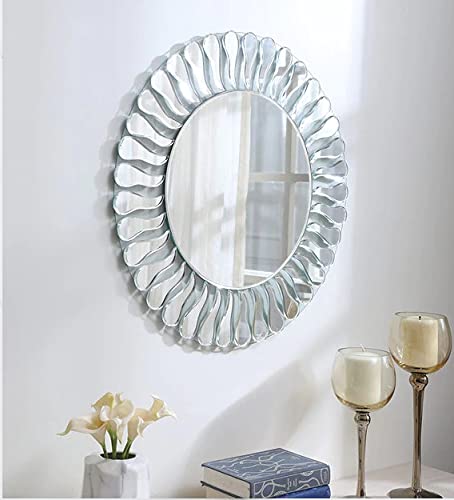
Table of Contents
In the realm of optical illusions and captivating visual phenomena, one fascinating subject that has recently garnered attention is the concept of “Blob Mirrors.”
These peculiar mirrors defy the traditional notion of reflection, transforming ordinary reflections into mesmerizing, abstract forms.
In this article, we will take a look at the intriguing world of Blob Mirrors, exploring their nature, artistic applications, and the science behind their unique visual effects.
A. Understanding Blob Mirrors
Blob Mirrors, also known as distorted mirrors or funhouse mirrors, deviate from the conventional purpose of mirrors, which is to provide an accurate reflection of objects.
Instead, they introduce deliberate distortions and irregularities to create intriguing visual transformations.
These mirrors can elongate, compress, twist, or contort the reflected image, resulting in warped and abstract representations.
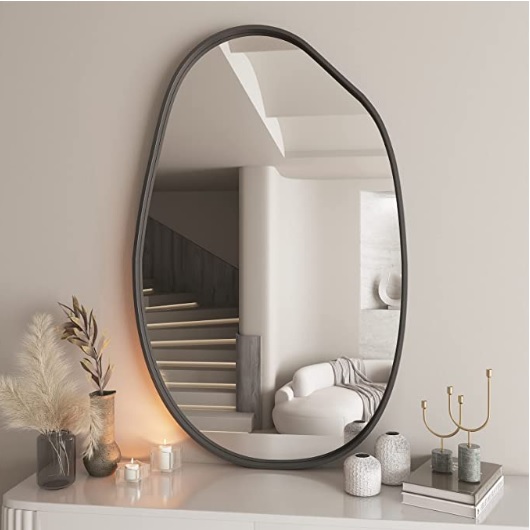
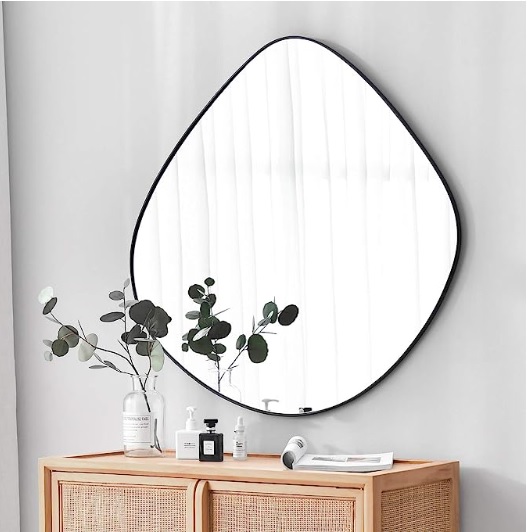
B. Artistic Applications
Blob Mirrors have found a significant place in the realm of art and creative expression.
Artists and designers employ these mirrors to evoke a sense of curiosity and wonder in their audience.
By distorting reality, Blob Mirrors challenge our perception of space, shape, and form, allowing for new perspectives and interpretations.
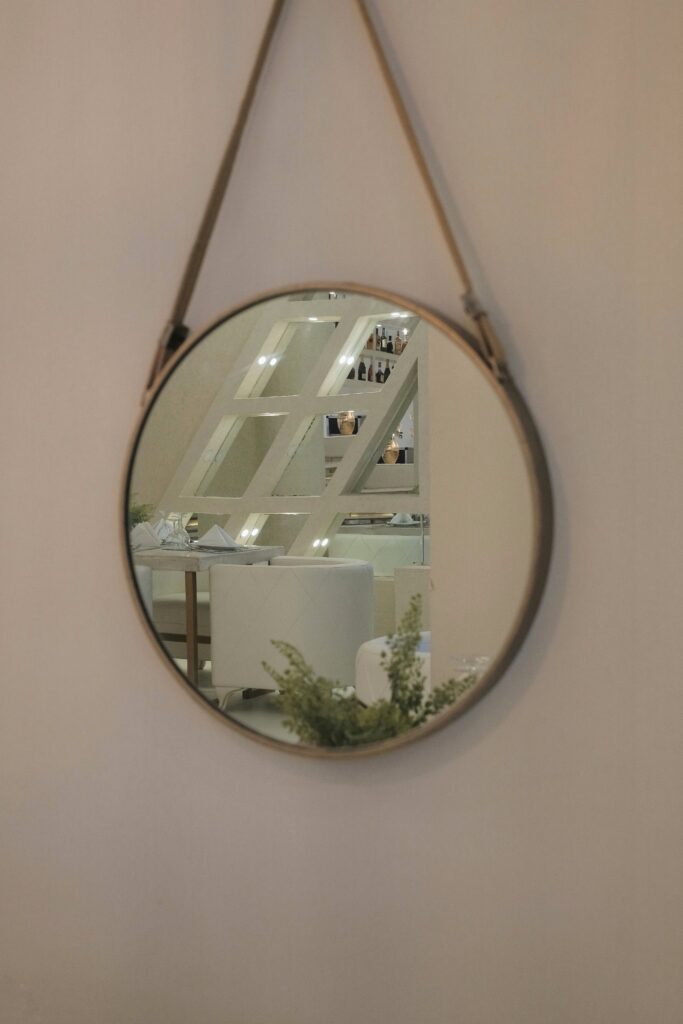
Moreover, Blob Mirrors offer artists a tool to explore unconventional aesthetics and experiment with visual storytelling.
The distorted reflections created by these mirrors can evoke emotions, provoke thoughts, and offer a unique visual experience that stimulates the imagination.
C. Scientific Principles
The intriguing visual effects produced by Blob Mirrors can be understood through a combination of optical and perceptual principles.
The distortions in the mirror’s surface alter the way light rays reflect and refract, leading to the formation of distorted images.
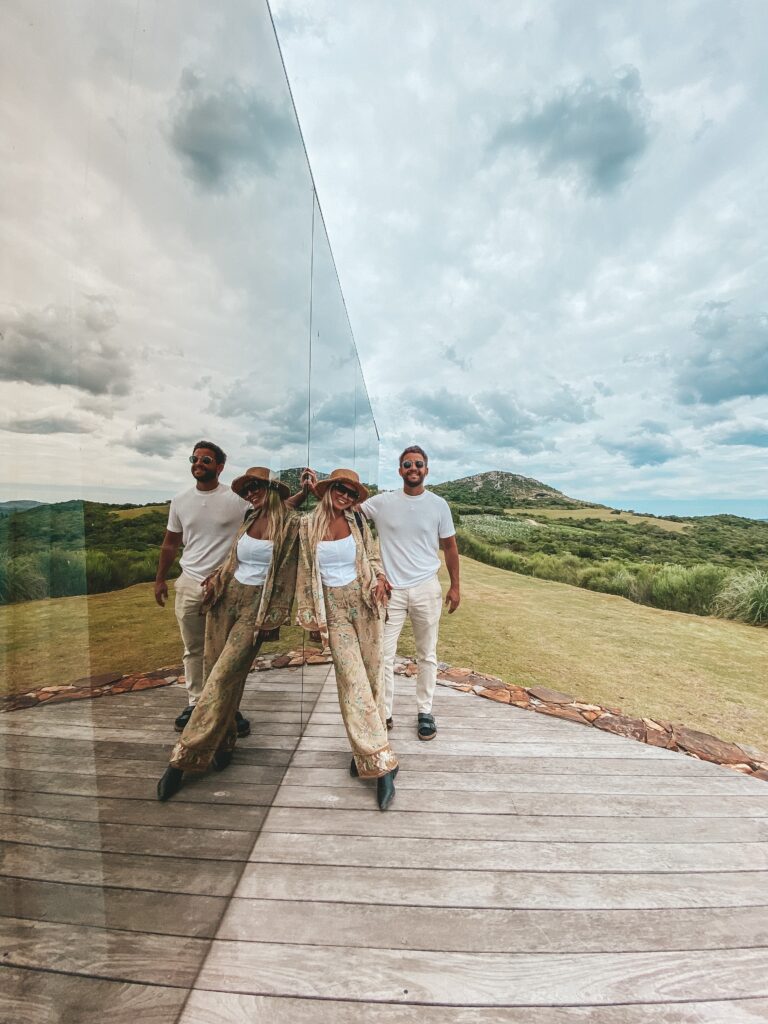
Furthermore, Blob Mirrors play with our brain’s ability to interpret visual information.
They challenge our perceptual systems by presenting conflicting cues about depth, shape, and perspective.
As a result, our brain tries to make sense of the distorted image, often leading to a playful and intriguing experience.
D. Beyond Art and Perception
While Blob Mirrors are predominantly associated with artistic expression, they also have practical applications in various fields.
For example, they are used in psychology and neuroscience studies to investigate how our brain processes visual information and perceives the world around us.
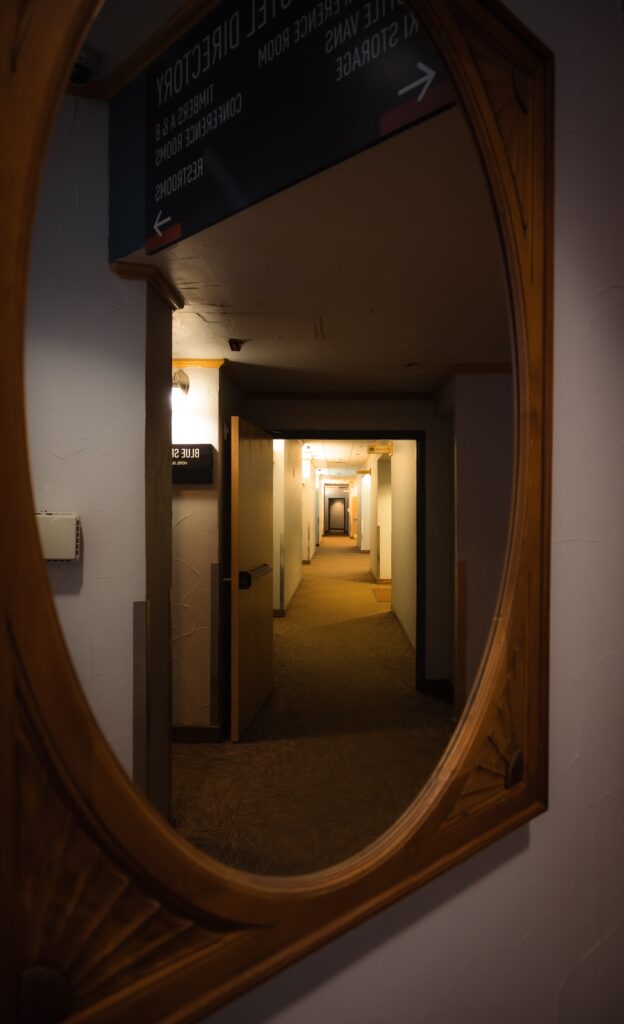
Additionally, Blob Mirrors find their place in amusement parks, funhouses, and interactive installations to add an element of surprise and delight for visitors. These mirrors transform ordinary spaces into whimsical environments, encouraging visitors to question their perception and engage with the surroundings playfully.
E. Who is the source of inspiration for blob mirror use cases
The source of inspiration for Blob Mirrors use cases can be traced back to various artistic movements and concepts that challenge traditional perceptions and explore unconventional aesthetics.
While there isn’t a specific individual or entity credited as the sole inspiration for Blob Mirrors, several influences have contributed to their emergence and popularity.
Here are a few notable sources of inspiration:
Surrealism: The Surrealist movement, led by artists such as Salvador Dalí and René Magritte, sought to unleash the power of the subconscious mind and challenge rationality.
Their works often featured distorted, dreamlike imagery, which resonates with the abstract and unconventional nature of Blob Mirrors.
Funhouses and Carnivals: Funhouses and amusement parks have long incorporated distorted mirrors to create fun and playful experiences for visitors.
These mirrors, known as funhouse mirrors or carnival mirrors, warp reflections in amusing and exaggerated ways, inspiring the use of similar distortions in Blob Mirrors.
Optical Illusions: Optical illusions have captivated artists, scientists, and the general public for centuries.
Artists like M.C. Escher and Victor Vasarely explored visual paradoxes and perceptual distortions in their works, which serve as a foundation for the concept of distorting reflections and challenging viewers’ perceptions through Blob Mirrors.
Contemporary Art and Design: The realm of contemporary art and design constantly pushes the boundaries of visual expression.
Artists and designers seek innovative ways to engage audiences and create immersive experiences.
Blob Mirrors have emerged as a response to this creative pursuit, offering a unique tool for artists and designers to evoke curiosity, provoke thought, and create interactive installations.
While these influences have contributed to the inspiration behind Blob Mirrors, it’s important to note that the concept has evolved and continues to evolve through the creativity and experimentation of countless artists, designers, and visionaries who embrace the possibilities of distorting reflections and challenging perceptual norms.
F. How can we create blob mirrors for home décor
Creating a Blob Mirror for home decor can be a fun and creative project that adds a unique touch to your living space.
While achieving a perfect replica of commercial Blob Mirrors may be challenging, you can create a similar effect by following these steps:
Materials you’ll need:
Large, flat mirror: Choose a mirror of the desired size to serve as the base for your Blob Mirror.
Distortion medium: You can use various materials to create distortions on the mirror’s surface.
Some options include heat-resistant plastic sheets, acrylic panels, or even repurposed materials like curved glass or textured glass.
F1. Step-by-step process:
Prepare your workspace: Find a clean and well-lit area to work on your project.
Ensure you have enough space to lay out the mirror and distortion medium without any obstructions.
Measure and cut the distortion medium: Using the dimensions of your mirror, measure and cut the distortion medium to fit over the mirror’s surface.
Consider the desired shape and extent of distortions you wish to create. You can experiment with irregular shapes, curves, or patterns.
Attach the distortion medium to the mirror: Carefully place the distortion medium over the mirror, ensuring it aligns properly.
Depending on the material you’re using, you can affix it using adhesive strips, double-sided tape, or a suitable adhesive.
Take precautions to prevent any damage to the mirror’s surface while attaching the distortion medium.
Test and adjust: Stand back and observe the reflections on the mirror.
Experiment with different angles, lighting conditions, and distances to see how the distortions affect the reflected images. Make adjustments as necessary, repositioning or trimming the distortion medium to achieve the desired effect.
Mount and display: Once you are satisfied with the result, secure the mirror in a suitable frame or mount it on a wall, taking care to protect the distortion medium.
Ensure it is positioned in a way that allows viewers to interact with and appreciate the distorted reflections.
Additional Tips:
If using heat-resistant plastic sheets or acrylic panels, you can create distortions by heating and shaping them while wearing appropriate protective gear. Consult tutorials or seek expert advice for this technique.
Consider incorporating appropriate lighting to enhance the visual impact of the Blob Mirror.
Experiment with different lighting angles and intensities to bring out unique reflections.
Remember, creating a Blob Mirror for home decor involves experimentation and creativity.
Feel free to explore different materials, shapes, and techniques to achieve the desired visual effect that complements your personal style and home aesthetic.
G. Conclusion
Blob Mirrors offer a captivating departure from traditional mirrors, introducing distortion and abstraction into the world of reflections.
Through their artistic applications and scientific implications, they challenge our perception, evoke emotions, and inspire creative exploration.
Whether encountered in an art gallery, a funhouse, or a research laboratory, these mirrors remind us of the extraordinary possibilities that lie beyond ordinary reflections.
So, the next time you come across a Blob Mirror, take a moment to immerse yourself in its fascinating world of visual transformation and wonder.
H. FAQ’s
What are Blob Mirrors?
Blob Mirrors are mirrors that introduce deliberate distortions and irregularities to create abstract and warped reflections. They deviate from the conventional purpose of mirrors, aiming to challenge perception and evoke curiosity.
How do Blob Mirrors work?
Blob Mirrors work by altering the way light rays reflect and refract on their surfaces. The distortions in the mirror’s surface cause light to bend and create visually intriguing transformations of reflected images.
Can I create a Blob Mirror at home?
While achieving a perfect replica of commercial Blob Mirrors may be challenging, you can create a similar effect by using distortion mediums such as heat-resistant plastic sheets or acrylic panels. By experimenting with these materials, you can create unique distortions on a regular mirror for home decor.
What are the artistic applications of Blob Mirrors?
Blob Mirrors have found significant use in the realm of art and creative expression. They allow artists to explore unconventional aesthetics, challenge perception, and create immersive experiences. Blob Mirrors can evoke emotions, provoke thoughts, and offer a unique visual journey for viewers.
Are Blob Mirrors Used in scientific studies?
Yes, Blob Mirrors are employed in psychology and neuroscience studies to investigate how our brains process visual information and perceive the world around us. They serve as tools to understand how distortions impact our perception and cognitive processes.
Can Blob Mirrors be Used for interior design?
Absolutely! Blob Mirrors can add a unique and artistic touch to interior design. They create visual interest and serve as conversation starters. When strategically placed, Blob Mirrors can transform ordinary spaces into captivating environments.
Do Blob Mirrors have practical uses beyond art?
Blob Mirrors are not limited to artistic purposes. They can be used in amusement parks, funhouses, and interactive installations to create a playful and whimsical experience for visitors. Blob Mirrors have also been used in retail displays and exhibitions to attract attention and engage viewers.
Are Blob Mirrors Safe to Use?
Blob Mirrors, when created and installed correctly, are safe to use. However, it’s essential to ensure that the materials used are securely attached to the mirror’s surface without causing any damage. Take necessary precautions while handling and mounting the mirrors to prevent accidents or injuries.
Can I repair a damaged Blob Mirror?
Repairing a damaged Blob Mirror might be challenging, depending on the extent of the damage and the materials used. It’s recommended to consult a professional glass specialist or mirror manufacturer for advice on repair or replacement options.
Where can I see Blob Mirrors?
Blob Mirrors can be found in art galleries, museums, interactive exhibitions, and amusement parks. You may also come across Blob Mirrors in certain home decor stores or online platforms specializing in unique mirrors and artistic designs.